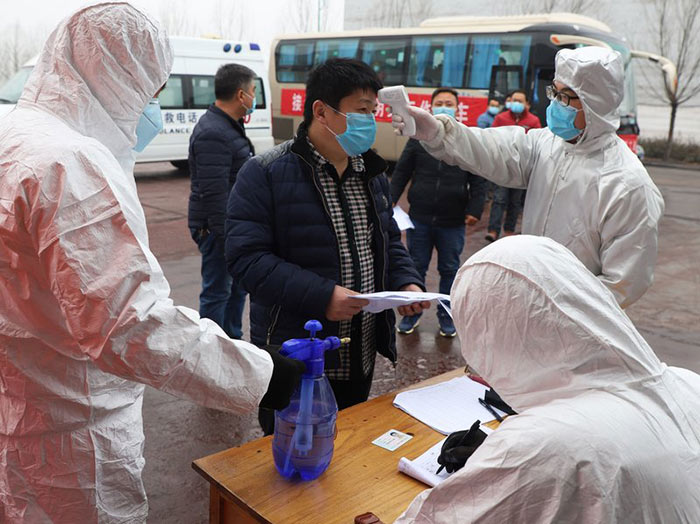NetApplications recently updated its Operating System market share stats. The market researcher added February's data to its OS share charts and it is immediately noticeable that the perceived switching activity from Windows 7 to Windows 10 has stalled. January saw a considerable switching spurt, which is thought to have been inspired by the Windows 7 end of support deadline, but since that time Windows 7 users haven't diminished much at all.

On the NetApplications graph you can see above I have used the online tool to plot just Windows 10 and Windows 7 shares. With the Feb data in you can see from the image that Windows 10 has 57.39 per cent of the desktop OS market share and Windows 7 has 25.20 per cent. This marks a very slight change from January (57.08 / 25.56) but December's figures were very different (53.36 / 29.57) and you can see that the chart line seems to have flattened.
If you are wondering why the Windows 7 upgrade cycle seems to have stalled, usefully Microsoft finance chief Amy Hood talked about this very question on Monday, at Morgan Stanley's Technology Media and Telecom conference in San Francisco. Rather than the situation being a problem, Hood characterised it as an opportunity, with lots of income yet to come.
Looking through the CNBC report and quotes from Hood, the stalling of Windows 7 to Windows 10 transitions seems to be because of two factors. First of all Microsoft reckons that chip supply is slowing the release of new PCs to the market. New PCs and system upgrades are a big driver for adoption of the latest OS from Microsoft. Secondly, Covid-19 is causing supply chain issues in China - again affecting the supply of new PCs / laptops.

Factory worker being checked on way in to work
Hood indicated to investors that the OS adoption curve is broadly similar to what has gone before - with other major Windows transitions', but the two issues mentioned just need a little more time to work through. Meanwhile, the Harvard Business Review reckons that the "worst is yet to come" in terms of Coronavirus supply chain disruptions.













